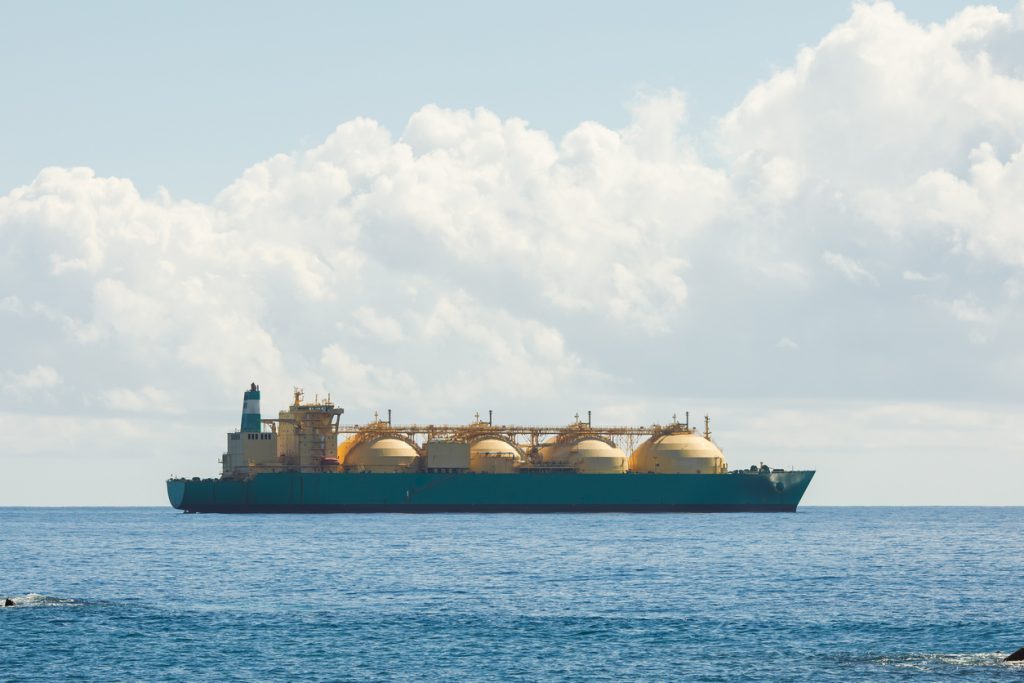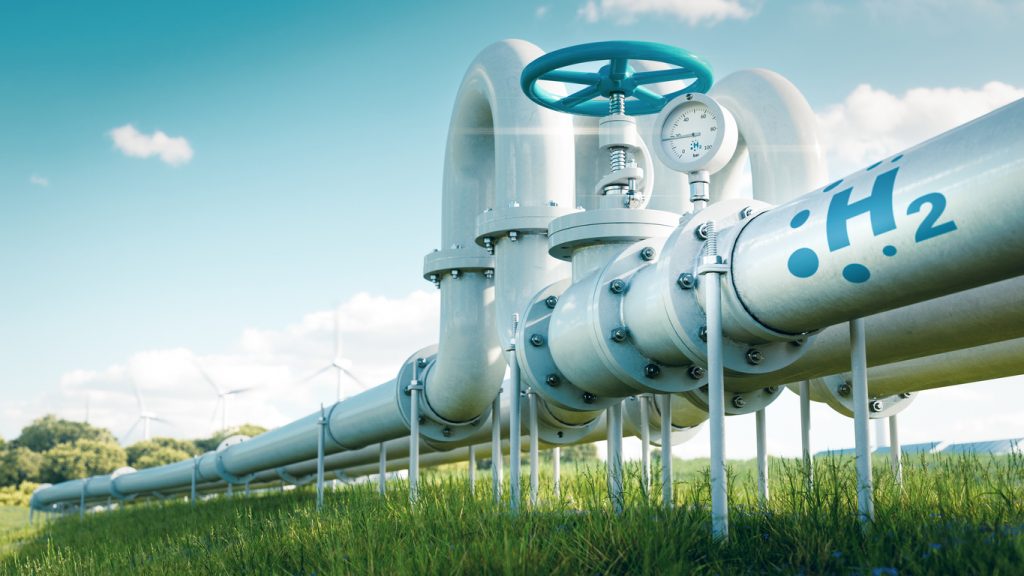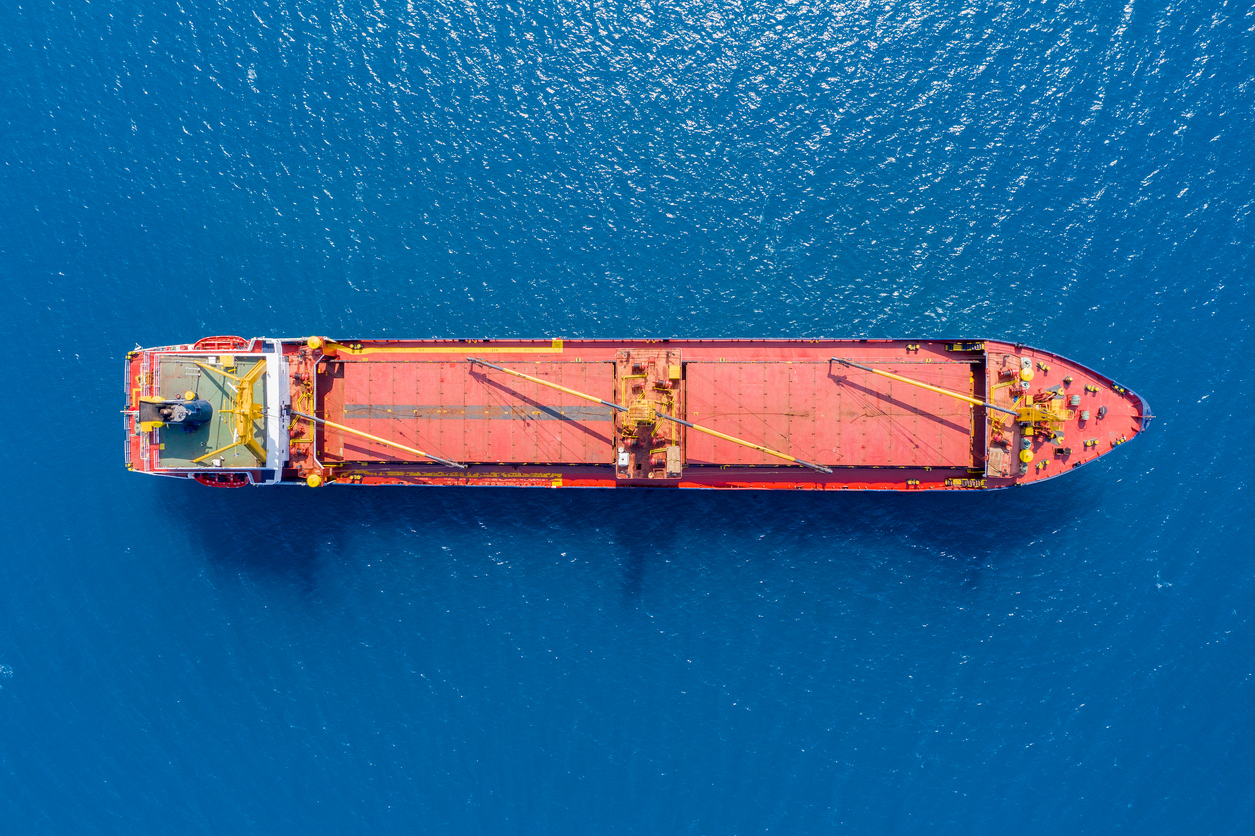Most discussions of hydrogen transport tend to focus either on pipelines or three types of seaborne H2: super-cooled liquid, ammonia and liquid organic hydrogen carriers (LOHCs).
There is, however, another option: seaborne compressed hydrogen. And an Australian start-up has just received approval from the American Bureau of Shipping (ABS) for the design work it has carried out on the world’s first compressed hydrogen vessel.
The need to transform hydrogen in some way for shipping over long distances is driven by the fact that while it is the most energy dense substance in the universe by weight it has relatively low density by volume.
Chilling hydrogen to minus 253 degrees Celsius increases its density from 3 kWh per cubic metre to 2,350 kWh per cubic metre. Transforming it into ammonia raises that number to 3,730 kWh. However, these processes consume energy in both directions and take time to complete, making them less suitable for some shorter trades.

A liquefied natural gas LNG transportation tanker ship.
Provaris has developed concepts for compressed hydrogen carriers that could transport 26,000 cbm up to 2,000 nautical miles in its H2 Neo or 120,000 cbm up to 3,000 nautical miles with its H2 Max.
The company, formerly known as Global Energy Ventures, is looking to select a shipyard in 2023 and plans to launch its first H2 Neo carrier by 2026, with the first H2 Max being seaborne by 2030.
While its tanks can carry less product than ammonia or liquid hydrogen, it avoids many of the technical challenges and costs associated with the transformation process and keeping hydrogen cold enough to remain a liquid.
The hydrogen in their tanks remains at ambient temperatures so doesn’t need the energy-intensive cooling or insulation that a liquid hydrogen carrier does.
Compressed hydrogen can be loaded directly into the vessels with compressors, eliminating the need for onshore hydrogen storage and conversion facilities.

Most discussions of hydrogen transport tend to focus either on pipelines or three types of seaborne H2: super-cooled liquid, ammonia and liquid organic hydrogen carriers (LOHCs).
The ultimate test of the concept will be commercial demand. Research from ReThink Energy suggests the cheapest way to transport hydrogen over distances less than 7,000 km will usually be pipelines. However, that depends on what kind of terrain is between buyer and seller and whether a pipeline even exists – such projects usually take many years to develop and large upfront costs compared with ships.
At this stage in the development of the hydrogen economy, numerous feasible options for infrastructure development are progressing. Energy major BP famously withdrew from one of Qatar’s early LNG developments, believing the project wouldn’t provide a good return, a decision it has no doubt come to regret as billions of dollars continue to roll in for the Gulf state.
Most importantly, there will be plenty of options for the transport and distribution of clean hydrogen around the world. And that will allow us to decarbonise industries from steel to transportation to energy with the cleanest fuel on the planet.
To learn more about Ryze Hydrogen click here.






